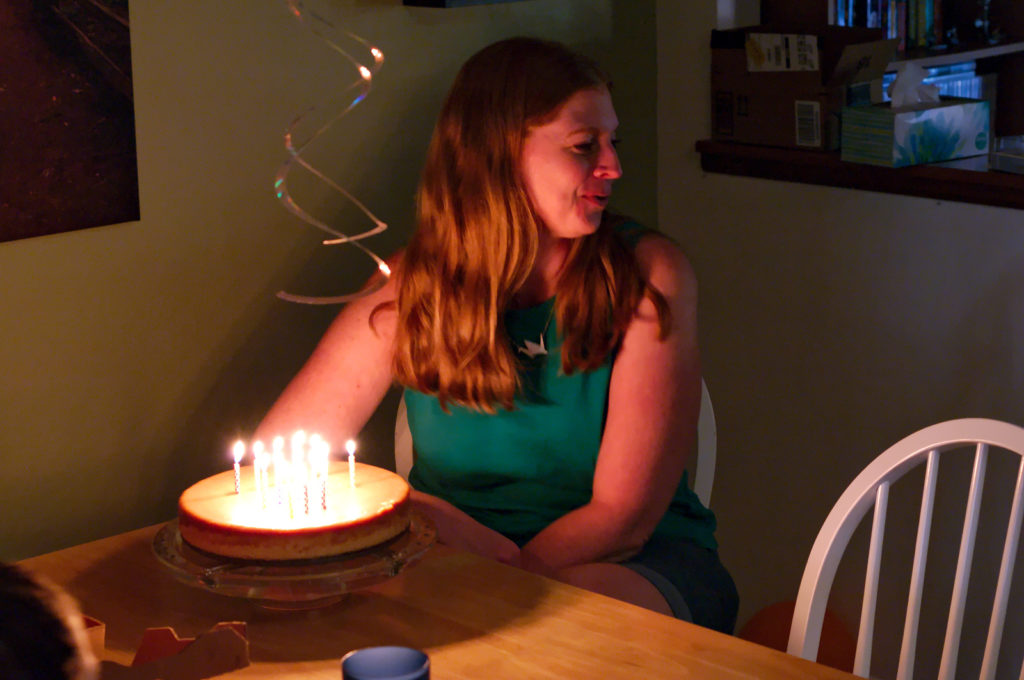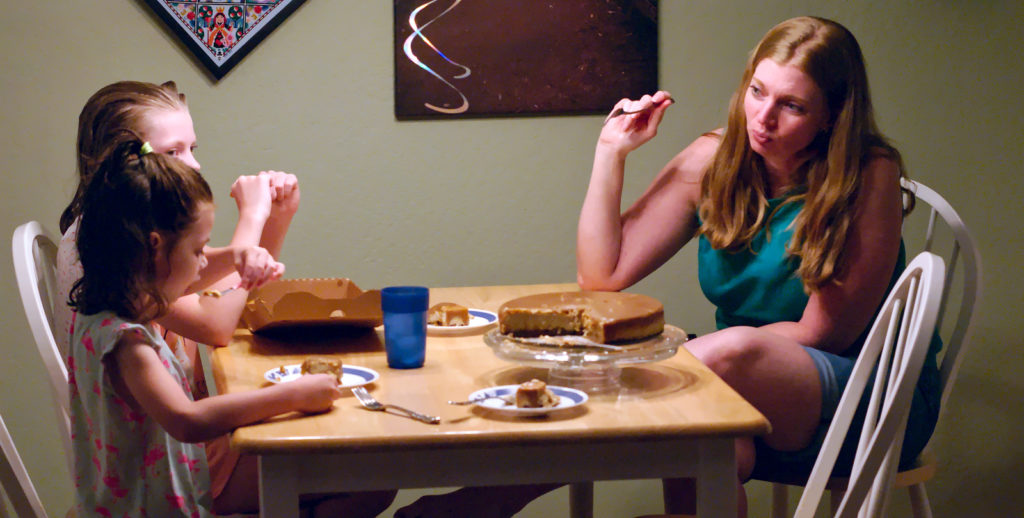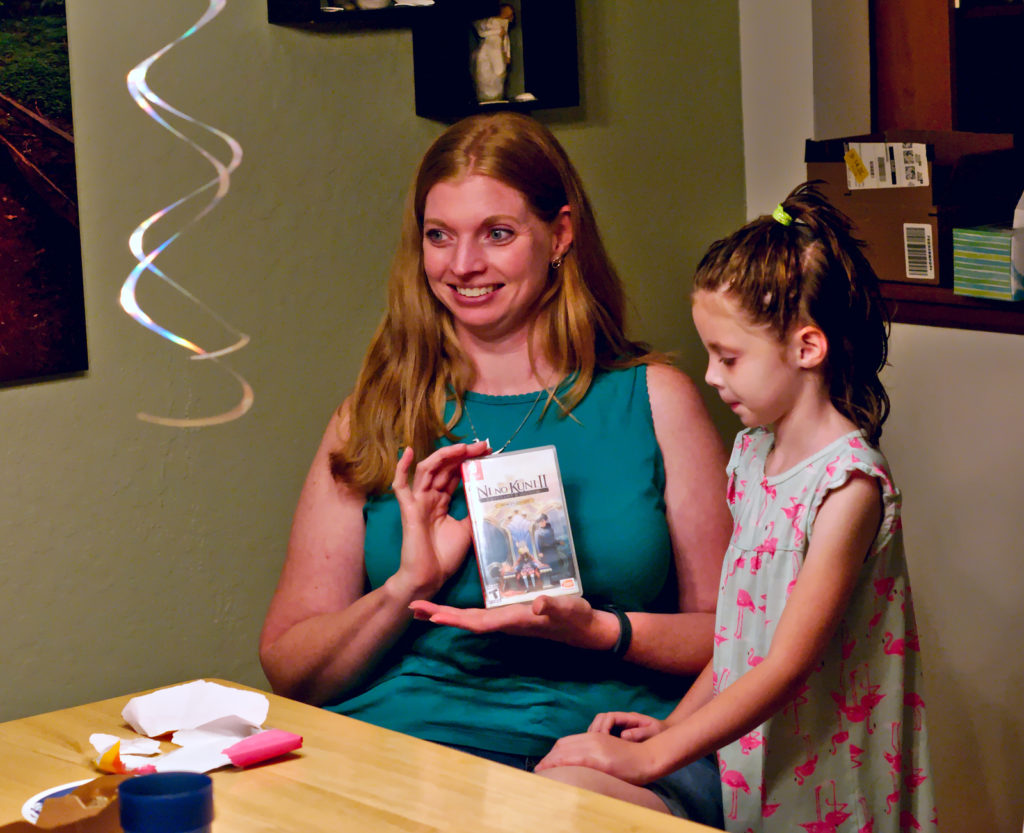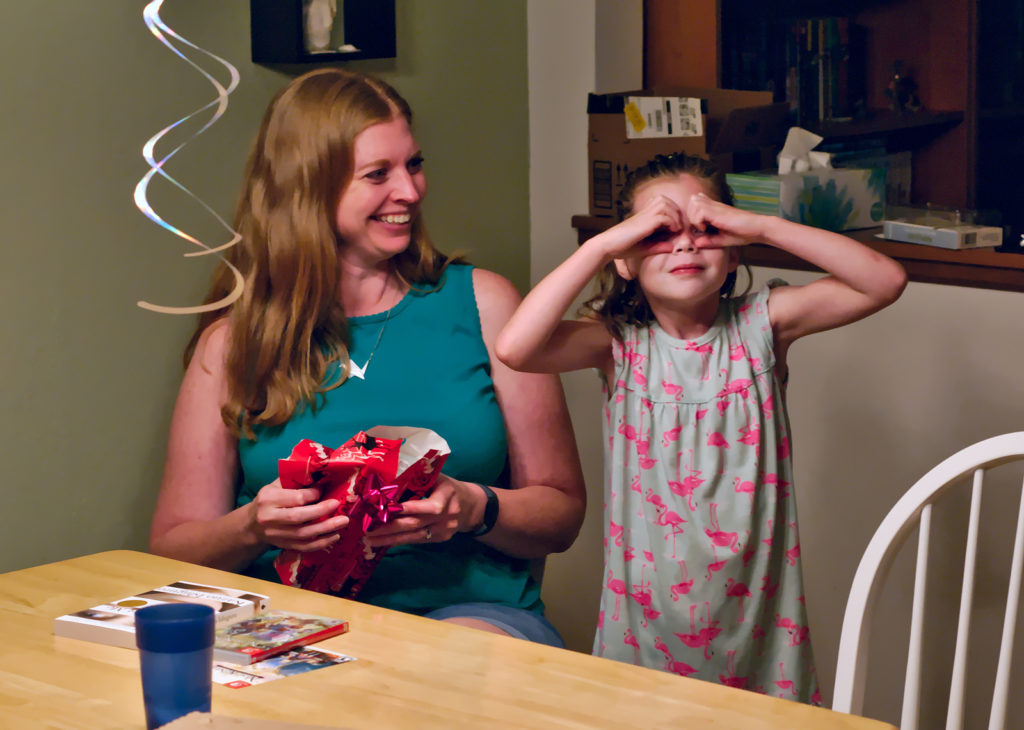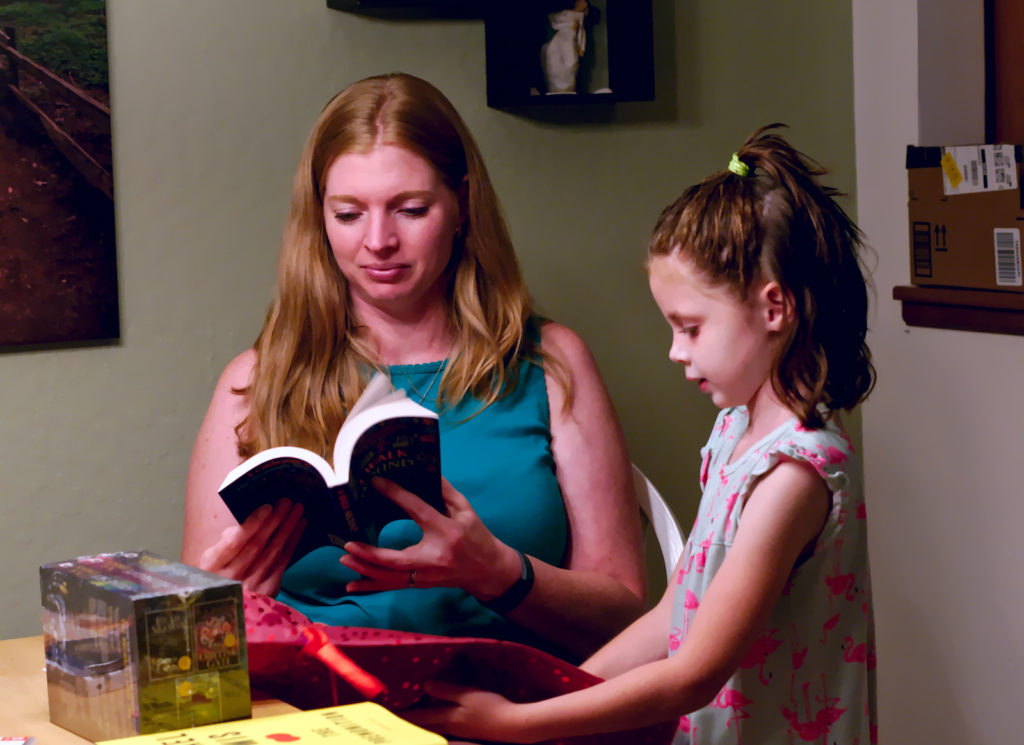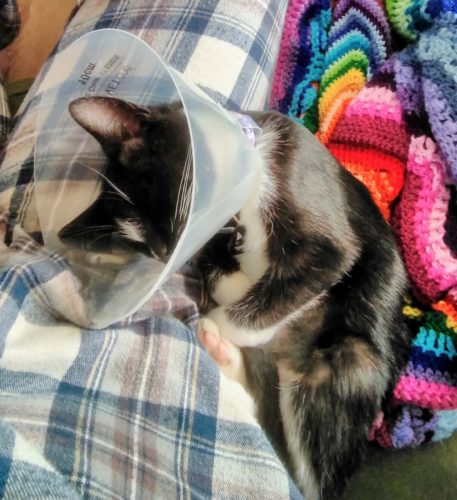- Livermore cases: 5,814; eligible vaccination rate: 69.1%
- Alameda County cases: 106,262; deaths: 1,264; eligible vaccination rate: 75.6%
- U.S. cases: 40,085,000+; deaths: 647,000+; eligible vaccination rate: 62.3%
The main update for today is all the states that have medical systems that are collapsing. The first entry is Idaho (from the Associated Press): “Idaho public health leaders announced Tuesday that they activated ‘crisis standards of care’ allowing health care rationing for the state’s northern hospitals because there are more coronavirus patients than the institutions can handle.” Meaning, patients will be scored for survivability and that will drive who receives what care.
Patients are being treated in conference rooms or education rooms using whatever resources are available. The National Guard has been mobilized to assist in managing the crisis. The director of the Department of Health and Welfare recommends avoiding needing emergency care until the crisis passes [sigh].
From the same article, Hawaii is sheltering its hospitals/employees from liability if they begin rationing care.
NPR has additional coverage here: “A COVID Surge Is Overwhelming U.S. Hospitals, Raising Fears Of Rationed Care.” Which includes, “According to the model, ICU capacity will be under ‘extreme stress’ in states like Tennessee, Kentucky, Indiana, Hawaii, Georgia, Delaware and Wisconsin.”
The latest messaging on the vaccines receiving emergency authorization for kids 6+ is that it won’t happen until winter. 🙁
The girls’ school (the whole district, but broken down by school) is maintaining a daily report of positive cases on site. So far their school has only had 2 known cases on site since school started. So that’s encouraging. The district overall has had 49 cases, with 13 of those being a cluster at one of the high schools (Granada), with 4 of those being recorded today. The other high school (Livermore) is at 3 for the year, so hopefully Granada can get their cluster under control.
Work rolled out their mandatory attestation process this week which comes from a federal requirement. All employees must attest to their vaccination status which will determine whether they operate under protocol A or protocol B. Protocol A is to continue as we have been and will allow for reduced controls as conditions permit. Protocol B will require weekly testing and will not be eligible for reduced controls. Rather dishearteningly, there are apparently a bunch of anti-vaccination people working at the Lab, so this is going to be a mess. Refusal to comply will result in currently-unspecified disciplinary action (at least one other national lab has stated that employees will be placed on unpaid leave until they comply).
—
In other news, we decided to get a cat. We picked one out at the county shelter over the weekend and we’ll bring her home next week after she’s been spayed and received her next round of vaccinations. The girls are ecstatic.


